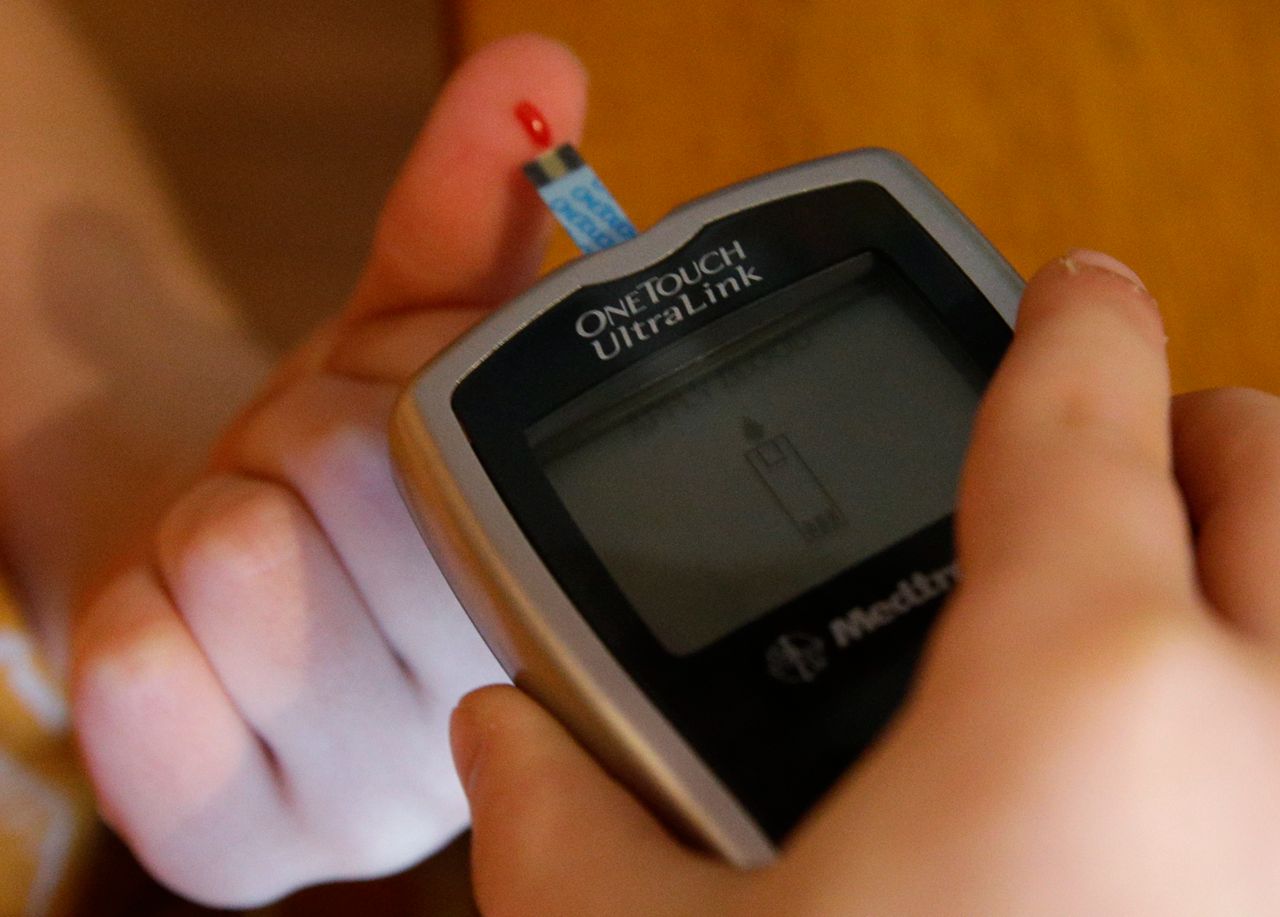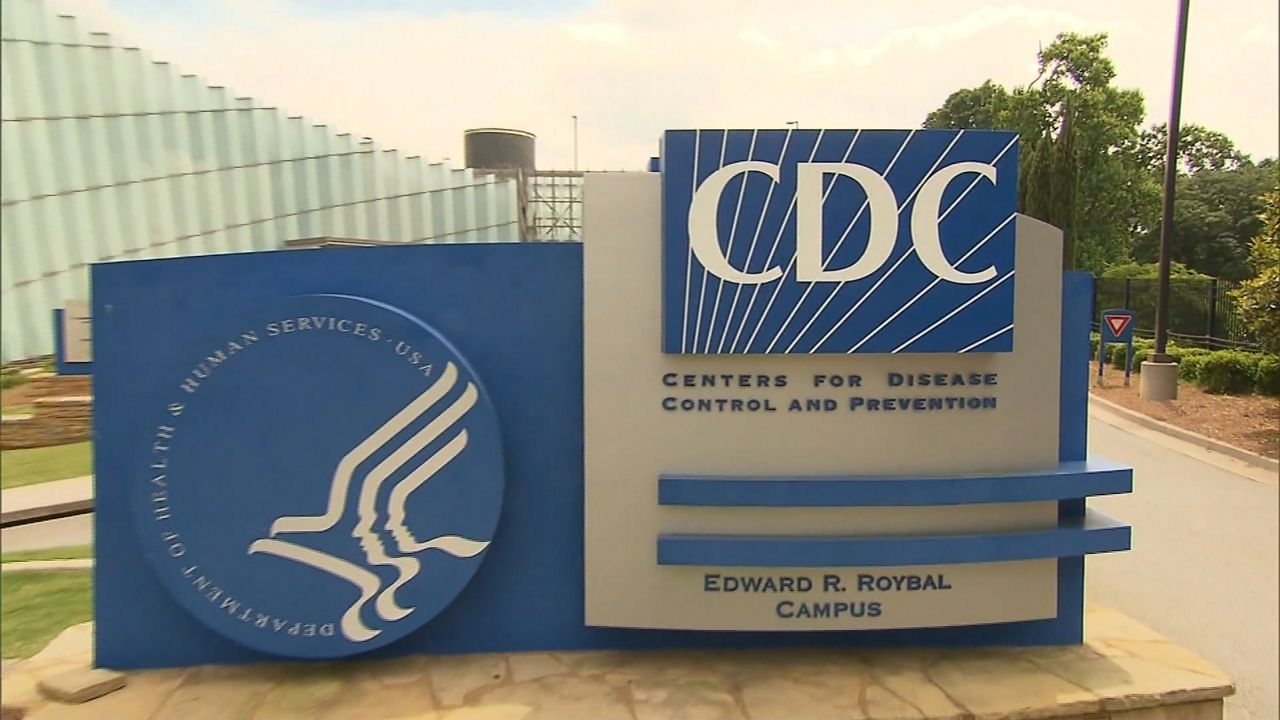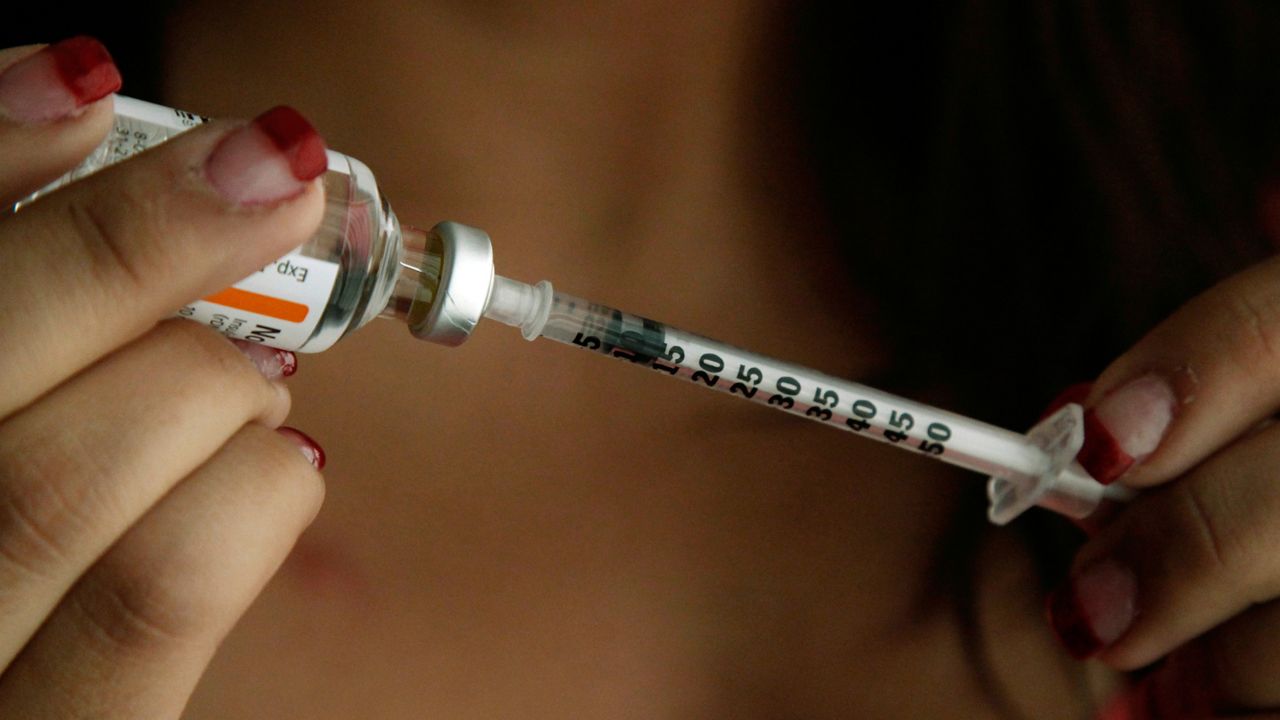A decade before COVID-19 upended our lives, there was a persistent and pernicious health threat already surging.
The coronavirus, in some ways, has become a flashlight, thoroughly exposing an epidemic hidden in plain sight: Diabetes.
Type 2 diabetes is a part of our lives — a regularly occurring condition. It’s so common that many people view it as an inevitability.
More than 11% of Americans have type 2 diabetes, and another 38% are considered prediabetic. Globally, there was a 130% increase in diabetes between 1990 and 2017.
Diabetes is not considered a pandemic — a term usually reserved for infectious diseases — but some experts have called it endemic.
Over the past two years, COVID has introduced new challenges to people living with diabetes. A growing body of research confirms what experts already saw in real time during the 2020 and 2021 COVID surges: 30 to 40% of patients treated in hospitals for COVID were also managing type 1 and 2 diabetes.
The same study out of London found that death and severe illnesses were 100 to 250% higher among people with diabetes.

The outcomes have been even more dire for people who get COVID with unmanaged diabetes—and according to the World Health Organization, around one in two adults with diabetes are unaware they have it.
A study published in the American Diabetes Association journal Diabetes finds that patients with unmanaged diabetes got a lot sicker; the length of their hospital stays were nearly double that of those with well-controlled diabetes.
Endocrinologist Florence Comite says the findings are not a surprise. “What happens is diabetes will emerge if you are brewing it under the surface when you get sick,” she said. “So 80% of people are diagnosed with diabetes in the emergency room because they get sick and they don’t get better.”
Those who didn’t know they had diabetes were also at higher risk of being put on a respirator. “With COVID, if you’re diabetic, you were four times as likely to be on a respirator. But if you’re a diabetic and you did not know it, you were eight times as likely,” said Comite, who runs a private practice centered on a precision medicine approach to diabetes in New York City.
COVID-19 May Cause Diabetes in Otherwise Healthy People
The jump from pre-diabetes to a full-blown condition, or even from an undiagnosed issue lurking in the background, makes sense. But experts say there’s also a relationship between diabetes and COVID that exists in patients without a known or unknown diabetes history.
“The thing that really surprised us when we are looking at this data is we were seeing this association, not just in those who already have diabetes, it’s even in those people with a very low risk of diabetes or with no risk factors of diabetes,” said clinical epidemiologist Yan Xie.
Xie’s research is funded by the VA St. Louis Healthcare System. Using the Veterans Affairs national database, he and his colleague, Dr. Ziyad Al-Aly, found patients had a a 40% increased risk of developing diabetes within a year of a COVID-19 infection. They used data from more than 180,000 patients who were treated for COVID before vaccines were available.
Xie says the risk of being diagnosed with diabetes was even greater among those who experienced more severe COVID illness. “In those who are non-hospitalized, there is about a 25% increased risk of getting diabetes. In those hospitalized, the risk increased 173%. And in those that are hospitalized and then admitted to the ICU, the intensive care units, the risk would increase 276%,” said Xie.
How Does COVID Trigger Diabetes?
As research continues into why COVID triggers a diabetic condition, different theories are emerging. Dr. Michelle McMacken directs the newly expanded Nutrition and Lifestyle Medicine program for NYC Health + Hospitals, the largest public hospital system in the country. She theorizes that inflammation likely plays a role.
“We know that inflammation is a huge part of what transforms someone into having type 2 diabetes and a lot of other chronic conditions,” said McMacken. “We’re seeing a situation where people who may have been living at higher stress and more difficult circumstances and facing more inequities are potentially facing even more inequities because of what they went through in the pandemic. Plus the physiologic stress and the inflammation that comes if they had COVID.”
Another theory is that the virus directly harms pancreatic beta cells, which are responsible for insulin production. Xie said the drastic change in lifestyle habits leading up to and after an infection may play a role in the seemingly rapid development of diabetes.
“Maybe the patients during the time of quarantine and during the sickness, their physical activity habits may have changed or their dietary habits may have changed. This could also have increased risks of diabetes,” said Xie.
Diabetes - Part of the Long COVID Problem
Diabetes, said Xie, should be considered a part of the Long COVID problem. His findings show there will likely be 13 additional people diagnosed with diabetes per 1,000 infected with COVID. That means hundreds of thousands more people with diabetes in the wake of COVID.
Xie and his colleagues are now exploring what, if any, protection COVID vaccines may offer against a potential diabetes diagnosis.
“We do not have exact data about the risks within those people that are vaccinated and unfortunately get COVID,” said Xie. “But I think it is a fair assumption to consider that a vaccinated person, who also gets a corresponding booster, would have a lower risk of catching COVID and also have a lower risk of having long-term consequences, including diabetes.”

Xie says he hopes screenings for diabetes after a COVID infection becomes routine practice. During a White House COVID Response Team briefing, where leaders laid out plans to better understand, treat and prevent Long COVID, we asked CDC Director Dr. Rochelle Walensky whether the CDC believes diabetes is a part of the Long COVID problem. She acknowledged the link.
“Certainly, public health infrastructure will assist in not only screening for diabetes but also for nutrition and diabetes care,” said Walensky. “And I think as we consider the menu of many things that could be incorporated into post-COVID conditions, diabetes certainly should be one of those conditions considered.”
McMacken said the silver lining is that the tools and knowledge to tackle the diabetes crisis already exist. But it will take political will and financial resources to make sure the twin epidemics of long COVID and diabetes don’t leave many behind.
“We have great science showing that you can actually measure inflammation in someone’s blood through blood markers, have them adopt a healthier diet and see those numbers go down, and particularly when you pair it with exercise and sleep and reduce stress and social connection, it works,” said McMacken. “We really just need a way to make this the foundation of our health care for anyone who’s at risk.”



